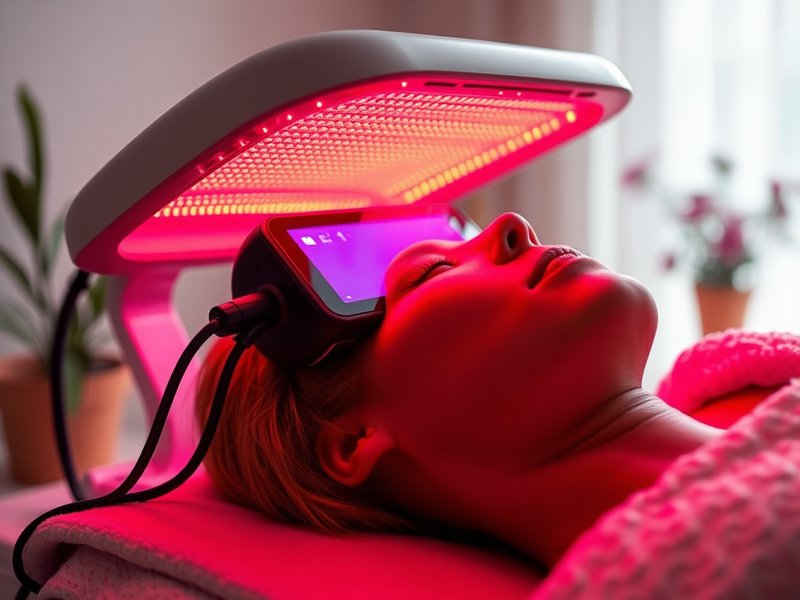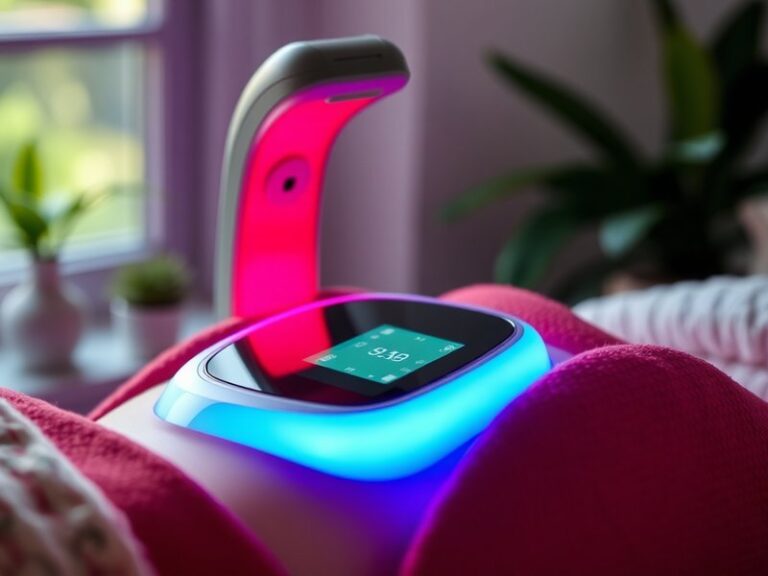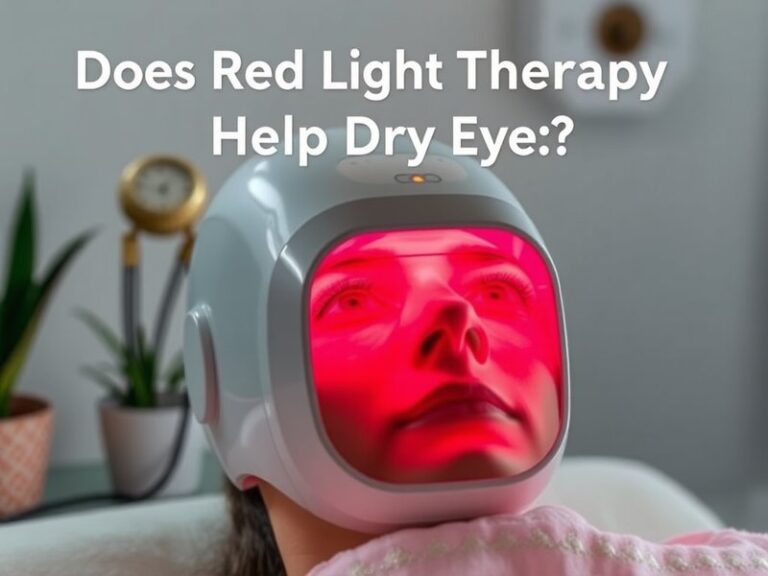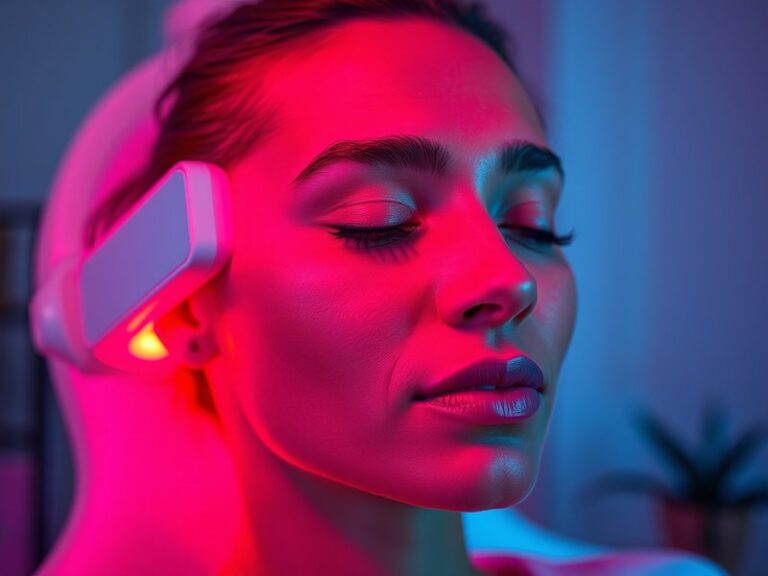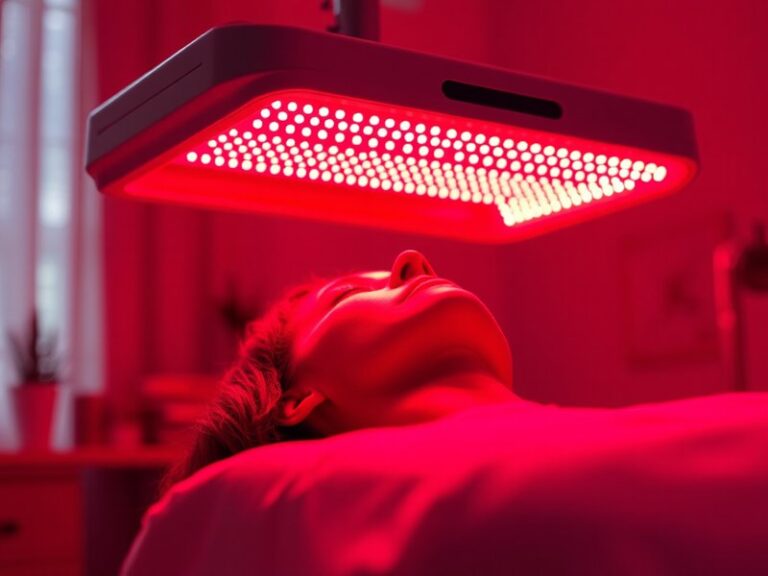Is Red Light Therapy Good For Burns?
Is Red Light Therapy Good For Burns?
Have you ever wondered if there’s a non-invasive method to aid in the healing of burns? Red light therapy (RLT) has garnered attention as a potential treatment option for various skin conditions, including burns. This article will explore the benefits of red light therapy for burns, how it works, considerations before use, and alternatives available.
Key Takeaways
- Red light therapy may promote faster healing of burns through enhanced cellular function.
- It can reduce inflammation and pain associated with burn injuries.
- Safety and proper guidance are crucial for effective treatment.
What is Red Light Therapy?
Red light therapy is a therapeutic technique that uses low-wavelength red light to stimulate cellular processes. Commonly employed in skin treatment, RLT is believed to enhance mitochondrial function, leading to increased production of adenosine triphosphate (ATP), the energy currency of cells.
Learn the full details in Buy Red Light Therapy Bed?
RLT is used in various settings, including dermatology clinics and at home through consumer devices. Current research indicates that it can promote healing, reduce pain, and improve overall skin health, which is why many wonder about its applicability for burns.
What are the Benefits of Red Light Therapy?
Exploring the following benefits will provide insight into how RLT can support recovery from burns.
Accelerated Healing
Studies have shown that red light therapy enhances wound healing by increasing collagen production and promoting blood flow to the affected area. This is particularly beneficial for burns, as the replenishment of collagen can help restore skin integrity.
Reduced Inflammation and Pain
One of the notable properties of RLT is its ability to reduce inflammation. By decreasing swelling and pain, red light therapy can provide comfort to burn patients, making the recovery process much more manageable.
Enhanced Skin Repair
RLT supports the regeneration of skin cells, which is crucial in treating burns. By stimulating fibroblast activity and accelerating cellular turnover, RLT helps improve the appearance and health of the damaged skin over time.
Increased Circulation
One of the physiological effects of red light therapy is improved blood circulation. Enhanced circulation brings more nutrients and oxygen to the burn site, facilitating the healing process.
Is it Possible to Use Red Light Therapy for Burns?
Red light therapy can be a viable option for treating burns, but certain factors must be considered first. While RLT offers promising benefits, it’s essential to approach its use with care and under professional guidance.
What are the Advantages of Using Red Light Therapy for Burns?
RLT presents several advantages when dealing with burn injuries.
Non-Invasive Treatment
RLT does not require any surgical intervention, making it a non-invasive option for burn treatment. This is appealing for patients looking to avoid more invasive procedures.
Minimal Side Effects
Compared to traditional treatments, RLT generally has few side effects. Many patients report little to no discomfort during sessions, making it a user-friendly option for healing.
Flexible Application
Red light therapy can be administered in clinical settings or at home using devices designed for personal use. This flexibility can enhance adherence to treatment protocols.
What are the Things to Consider Before Using Red Light Therapy?
Before undergoing red light therapy for burns, it’s vital to take specific factors into account.
Severity of the Burn
Understanding the degree of the burn (first, second, or third degree) is crucial. While RLT might be beneficial for mild to moderate burns, severe burns should be evaluated and treated by a medical professional.
Consultation with a Healthcare Provider
Always consult with a healthcare professional prior to starting RLT. They can offer insights based on your specific situation and help determine if this therapy is appropriate for you.
Device Quality and Safety
The effectiveness of red light therapy can depend on the quality of the device used. Ensure that the device employs the correct wavelength and power density for therapeutic effects to ensure safety and efficacy.
What are the Alternatives to Red Light Therapy for Burns?
If red light therapy isn’t suitable, there are alternative treatments for managing burns.
Topical Treatments
Various topical ointments and creams designed for burn treatment can facilitate healing and pain relief. They often include ingredients like aloe vera or silicone, which help soothe and protect the skin.
Discover the insights in Does RLT Burn?
Cryotherapy
Utilizing cold therapy can reduce pain and inflammation for acute burns. Applying ice packs can provide immediate comfort, especially in the early stages of recovery.
Hydrotherapy
Hydrotherapy can aid in soothing the skin and promoting healing through warm baths and compresses, often coupled with soaked dressings that keep the area moist.
Conclusion: Is it Recommended to Use Red Light Therapy for Burns?
Red light therapy shows potential as an effective complementary treatment for burns, promoting healing, reducing pain, and enhancing skin repair. However, consulting a healthcare provider before initiating treatment is vital to ensure appropriateness for your specific burn type and to address safety concerns.
Frequently Asked Questions
Can red light therapy be used on all types of burns?
Red light therapy is generally more suited for first and second-degree burns. Severe burns or open wounds may require more intensive medical treatment.
How often should I undergo red light therapy for burns?
Consulting with a healthcare provider is essential to determine the optimal frequency for treatment. Generally, treatments can vary from a few times a week to daily sessions depending on individual needs.
Are there any risks associated with red light therapy?
While RLT is considered safe, improper use or low-quality devices may lead to skin irritation or ineffective treatment. Always ensure professional oversight when using RLT for burns.
Can red light therapy help with burn scars?
There is some evidence to suggest that RLT may improve the appearance of scars by promoting collagen production and skin regeneration.
What should I look for in a red light therapy device?
When choosing a device, consider factors like wavelength (typically between 600-1000 nm), power density, size, and whether it is FDA-cleared for safety and effectiveness.
